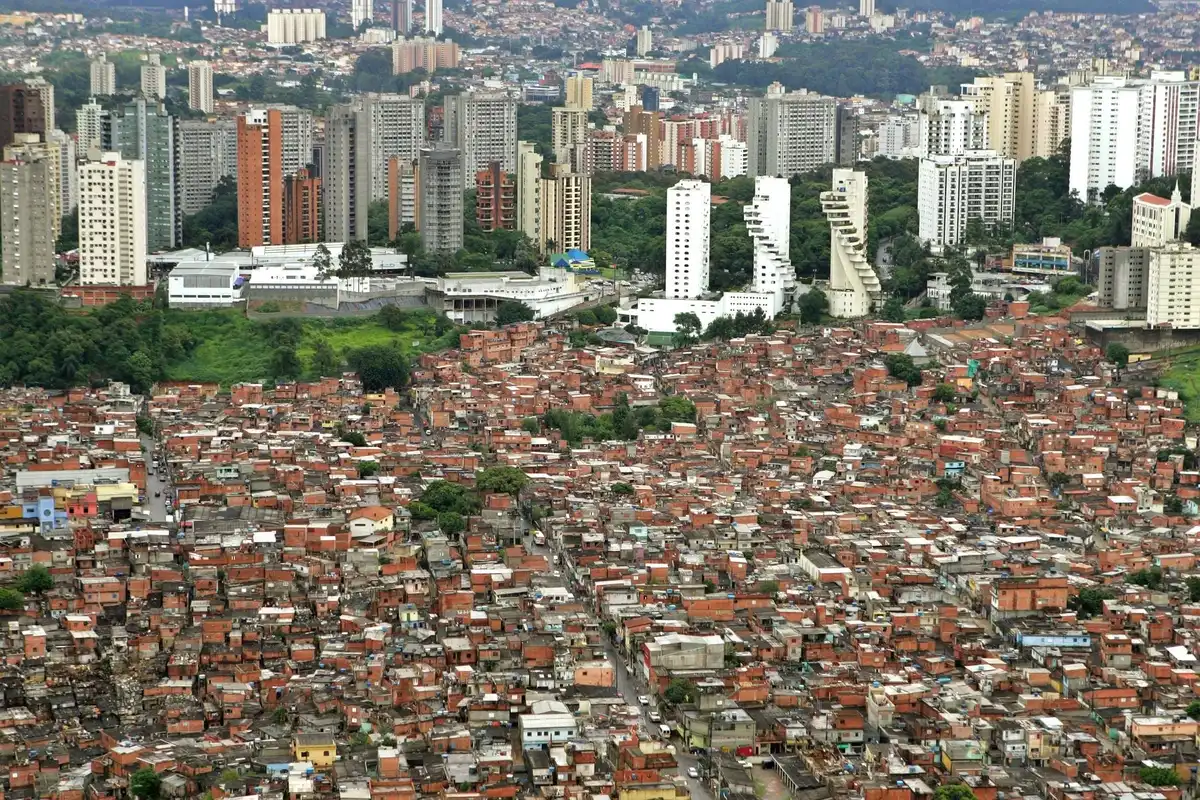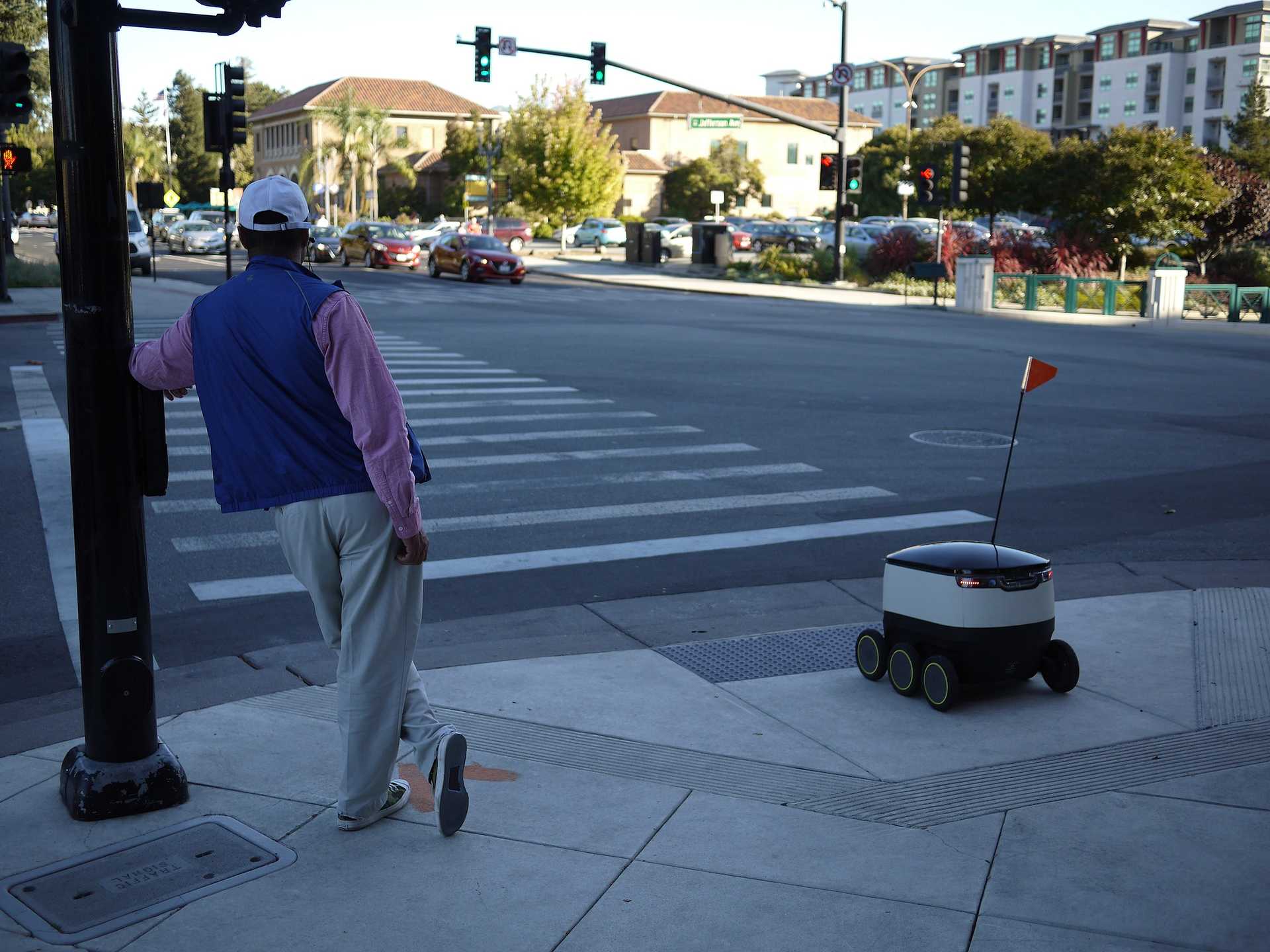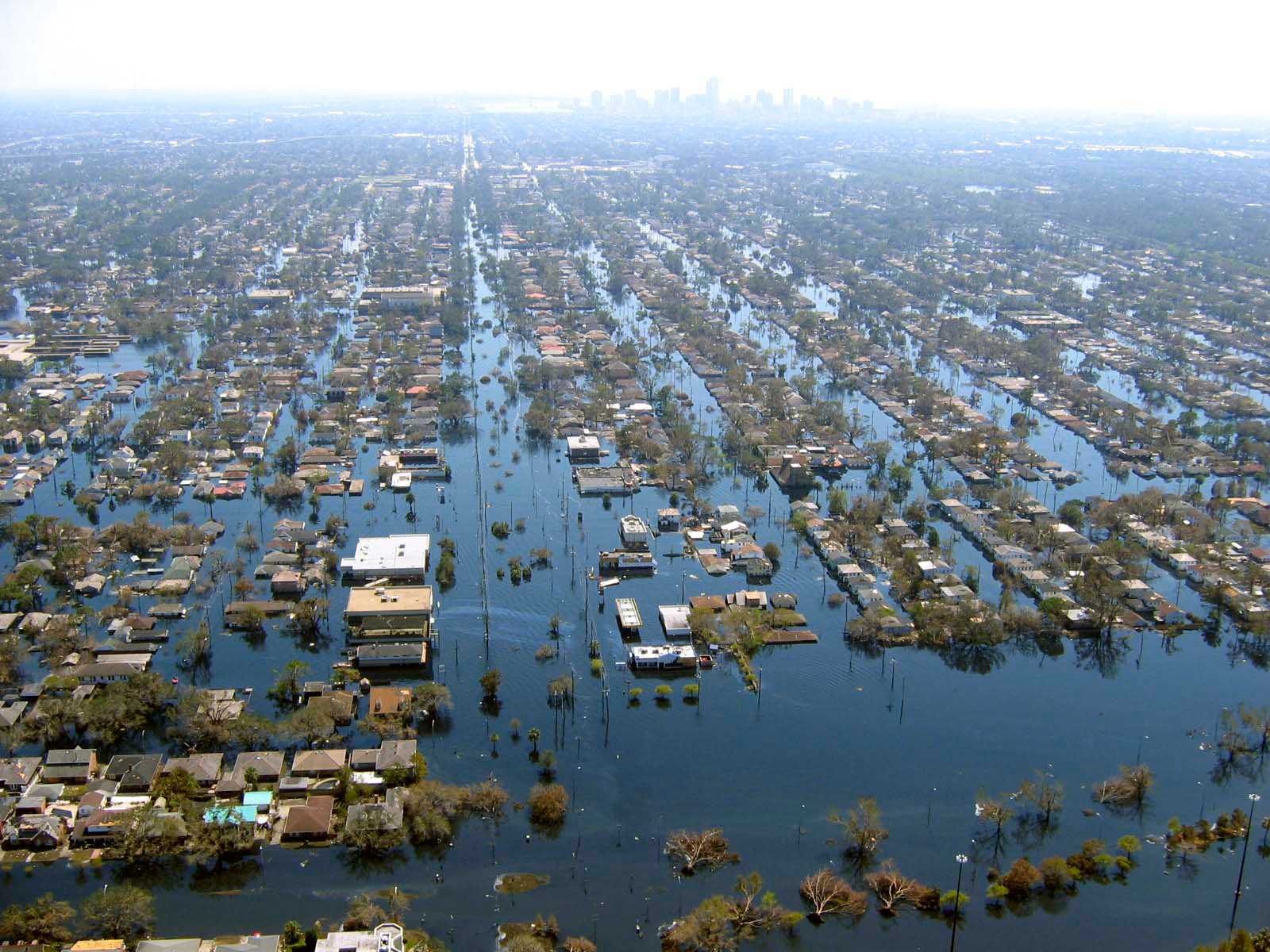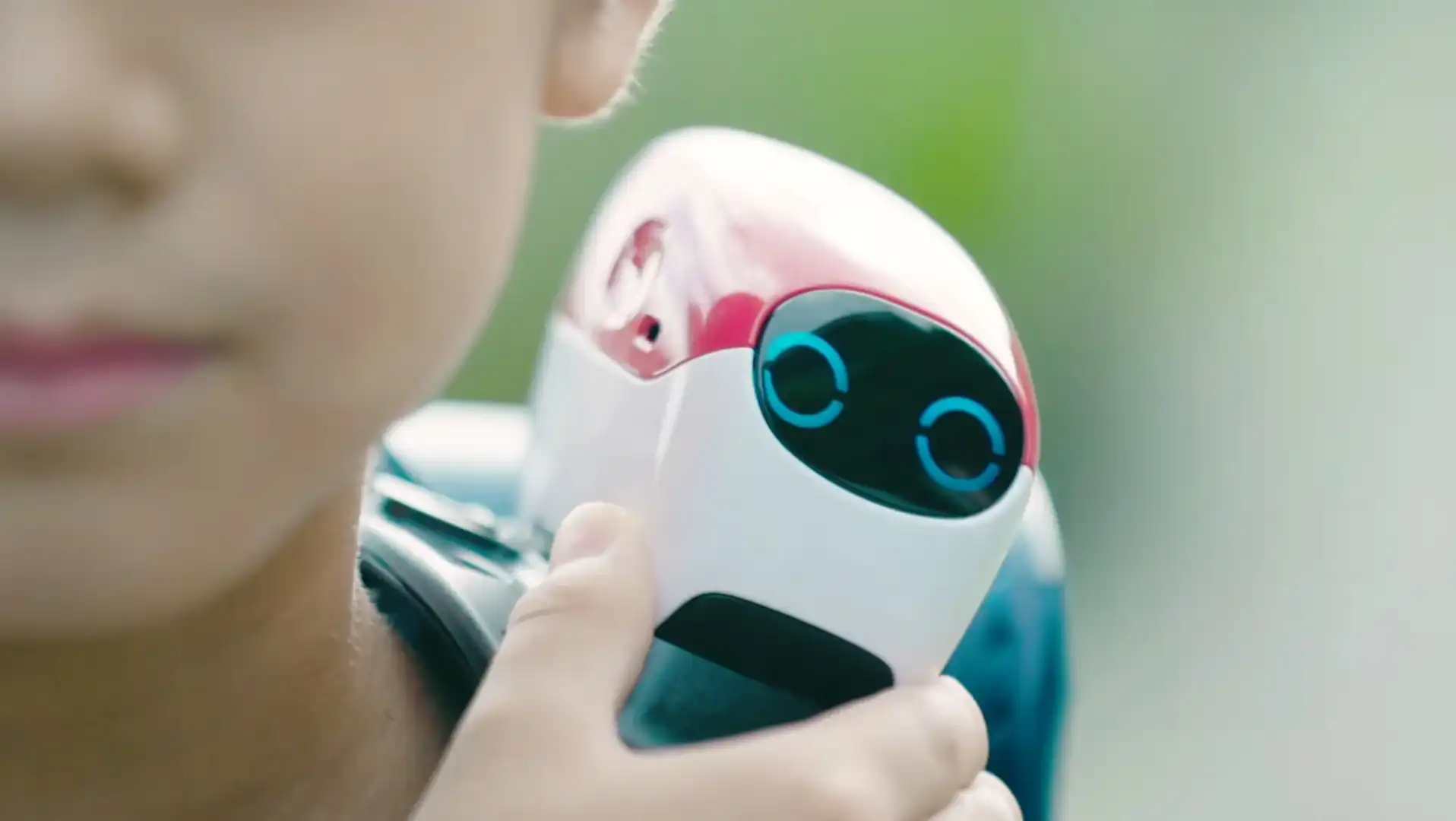
Standoff society
From social distancing to algorithmic separation.
How likely? How soon? What impact?
Issac Asimov's 1957 novel "The Naked Sun" imagined a future planet settled by humans who had come to depend entirely on AI and robotics. Using this advanced technology for transport and logistics, this new civilization had spread out into a far-flung, ultra-low-density network of massive rural estates. Even married couples remained apart, except for mating. Robots greatly outnumbered people.
As the pandemic fades into the past, many of the technology-enabled practices of remote work, shopping, learning, and health care are likely to remain. In some cases, this will reflect people's desires. In others, remote services will prevail because companies or governments find them more cost-effective to deliver. Meanwhile, these tools may become weaponized to segregate groups and individuals for economic or political purposes. The plausible result? A "standoff society"—not as extreme as the one Asimov imagined, but sharing some key aspects of it—where face-to-face interactions become increasingly rare, difficult, costly, risky, and suspicious. This trend could get a major boost from the spread of robotics and automated vehicles in urban environments. Not only will they greatly augment our ability to interact at a distance, with intelligent machines increasingly serving as go-betweens between locations and people, they will make increasing demands on public space and right-of-way traditionally used for human mobility and interaction.
Signals
Signals are evidence of possible futures found in the world today—technologies, products, services, and behaviors that we expect are already here but could become more widespread tomorrow.




..png)




..jpg)

